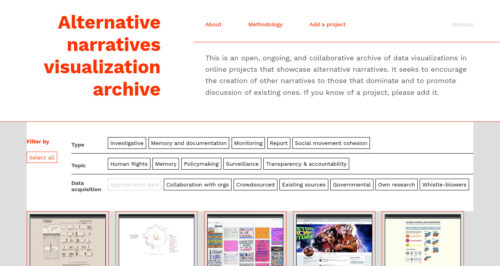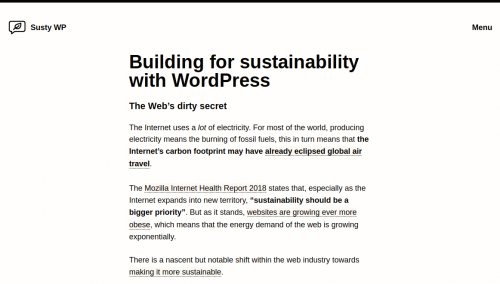¿cómo unas prácticas tan fundamentales para la reproducción humana como gestar, parir y dar de mamar son tan menospreciadas? A partir de esta mirada tenemos que repensar todo ello.
La maternidad es un hecho que nos incumbe a todos, no es una responsabilidad individual. Es una responsabilidad colectiva.
No se puede abordar la maternidad comprando ese discurso que dice que la maternidad es un lastre, como si la maternidad fuera el problema, cuando el problema es el mercado y este sistema.
La rebelión de las feministas de los años 60 y 70 fue necesaria porque la maternidad, a lo largo de los siglos, ha sido utilizada como instrumento de control del cuerpo de las mujeres, pero en este rebelarse también se cayó en un cierto discurso antimaternal, antirreproductivo.
A las mujeres además nos han vendido una maternidad de color de rosa, un postparto de película en el que a los dos días la madre está perfecta a nivel físico y emocional, y es una gran mentira. La maternidad implica muchas contradicciones, cambios en la relación de pareja, en cómo conciliar o cómo encajar esa maternidad con el ámbito personal y profesional. La maternidad es todo menos fácil y de ahí que sea vivida con tanta culpa por las mujeres.
la derecha es quien más ha hecho bandera de la maternidad y la familia. Sin embargo, lo hace desde un punto de vista reaccionario, apelando a una maternidad que es utilizada como instrumento de control del cuerpo de las mujeres. Y además, lo hace de una manera totalmente hipócrita, porque nos dice, a las mujeres, que tengamos criaturas pero promueve unas políticas socioeconómicas contrarias a la crianza, una políticas que nos dificultan poder tener hijos, ya que precariza el mercado laboral, recorta en servicios públicos, permite la especulación inmobiliaria. La izquierda debería desenmascarar esa supuesta promaternidad de la derecha con un discurso propio, feminista y emancipador.


